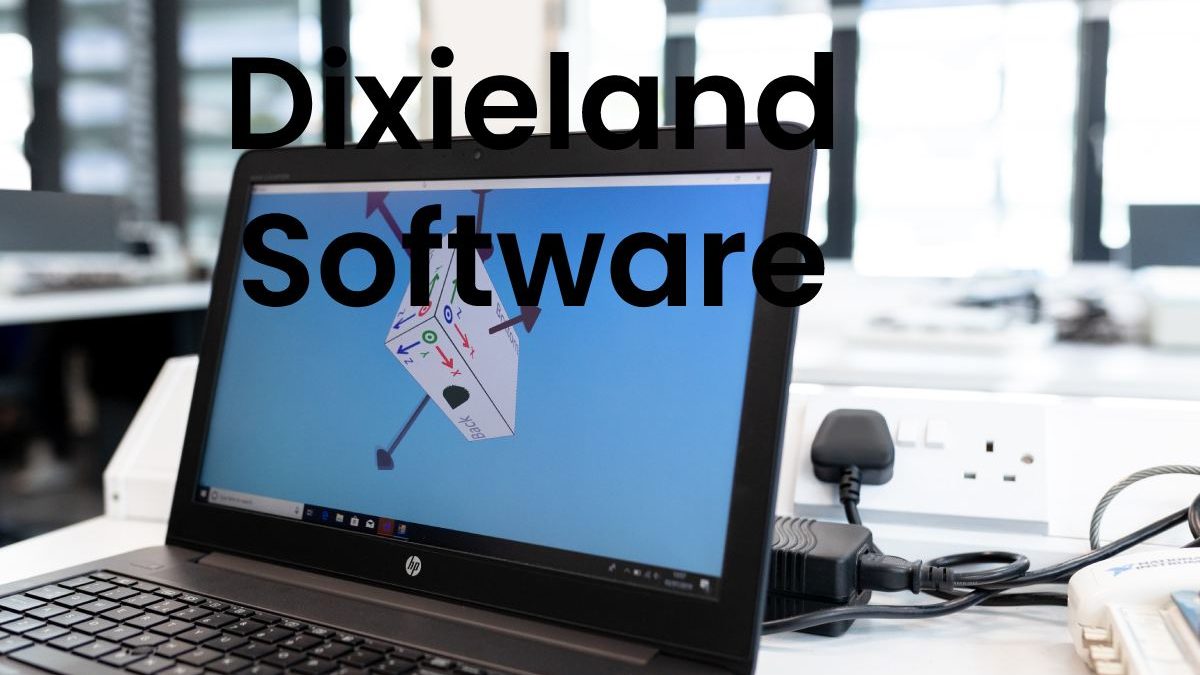Table of Contents
Dixieland Software
Dixieland Software is a servant leader organization committed to making a remarkable difference for each other, our customers, and within our communities. Its technologies offers a suite of services that includes inbound and outbound customer care, quality monitoring and analytics, email, live chat, technical support, back office support, and software development. However, our current partnerships include managing voice interactions, chat and email interactions, and quality monitoring evaluations per year.

Primary Impacts of Dixieland Software
Dixieland created in the mid twentieth hundred years (1900 – 1928) its four primary impacts are
- Jazz
- Military metal groups
- The blues
- Gospel music
History
A conservative jazz band plays at a party in New Orleans in 2005. Displayed here are Chris Clifton, on trumpet; Brian O’Connell, on clarinet; Les Muscat, on banjo; Hurl Badie, on string bass; and Tom Ebert, on trombone. The First Dixieland Jess Band, keep it’s most memorable plate in 1917, was the primary case of jazz music being designated “Dixieland”, however at that point, the term alluded to the band, not the class. The band’s sound was a blend of African American/New Orleans jazz and Sicilian music. The music of Sicily was one of the numerous sorts in the New Orleans music scene during the 1910s, close by purified church music, metal band music and blues.
A lot later, the expression “Dixieland” was applied to early jazz by conventional jazz evangelist, beginning during the 1940s and 1950s. In his book “Jazz” the pundit Rex Harris characterized Dixieland as “Jazz played in a semi New Orleans way by white performers.” However, the name is a reference to the “Old South”, explicitly anything south of the Bricklayer Dixon line. Although the term incorporates prior metal band walks, French Quadrilles, beguine, jazz, and blues with aggregate, polyphonic spontaneous creation. While instrumentation and size of groups can be entirely adaptable. The “standard” band comprises of a “cutting edge” of trumpet (or cornet), trombone, and clarinet, with a “cadence segment” of no less than two of the accompanying instruments.
1930s and 1940s
During the 1930s and 1940s, the previous gathering extemporization style become undesirable with most of more youthful dark players, while a few more established players of the two races progressed forward in the more seasoned style. However more youthful artists grew new structures, numerous beboppers loved Armstrong and cited parts of his kept music in their own act of spontaneities.
Basically, the conclusive Dixieland sound is made when one instrument (typically the trumpet) plays the song or a conspicuous rework or minor departure from it, and different instruments of the “bleeding edge” make do around that tune. However, this makes a more polyphonic sound than the organized troupe playing of the large band sound or the straight “head” songs of bebop.
Why Dixieland Technologies
- Experience in providing successful solutions across multiple industries
- Proven model that provides actionable insights and drives value for your business
- Data driven recommendations for continuous improvement
- Security processes and compliancy
- Passionate and diverse employees focused on producing immediate results.
- Industry recognized dedicated QA process.
- Voice of customer studies 8. Ability to customize solutions based on your needs
Best Dixieland Software in 2022
- Amtrak Status Maps – Dixieland Software.
- Dixieland Solutions Amtrak – Pinterest
- Dixieland Software Amtrak Status Map – Pinterest
- Buy Dixieland – Microsoft Store
- Program Notes – Cabrillo Festival of Contemporary Music
- Hal Leonard Dixieland Favorites: Trumpet – Thomann
- Hal Leonard Jazz Play-Along Dixieland – Thomann
- Dixieland – Trainorders.com
Helpful Resources –

